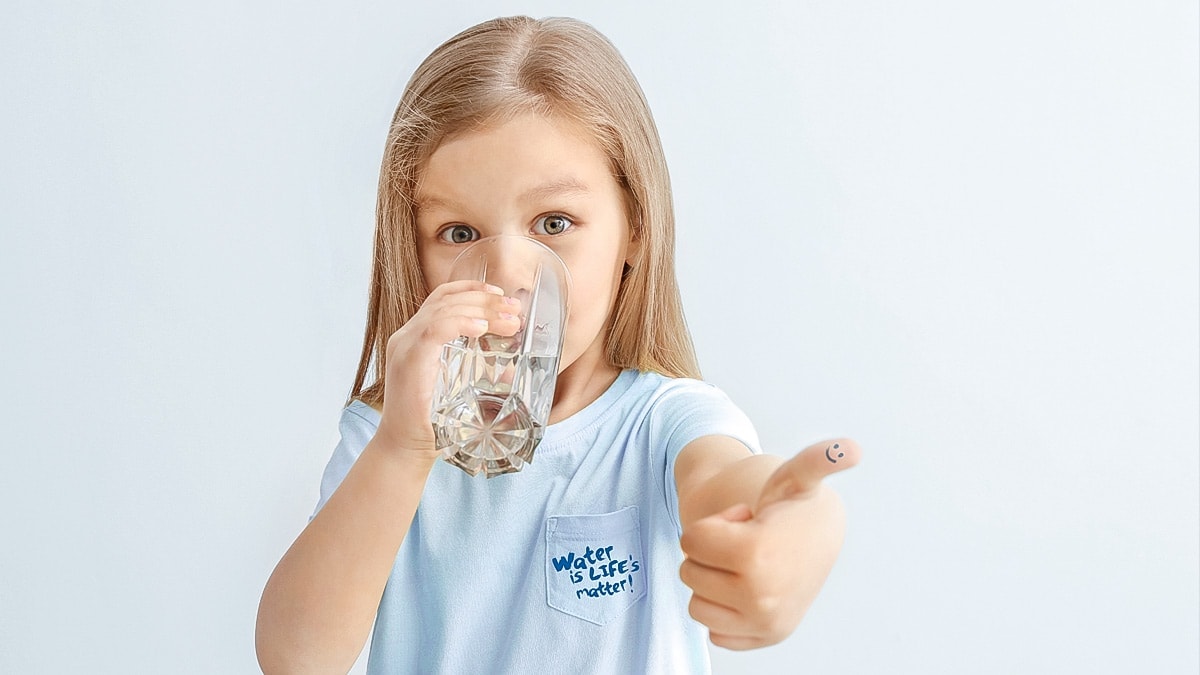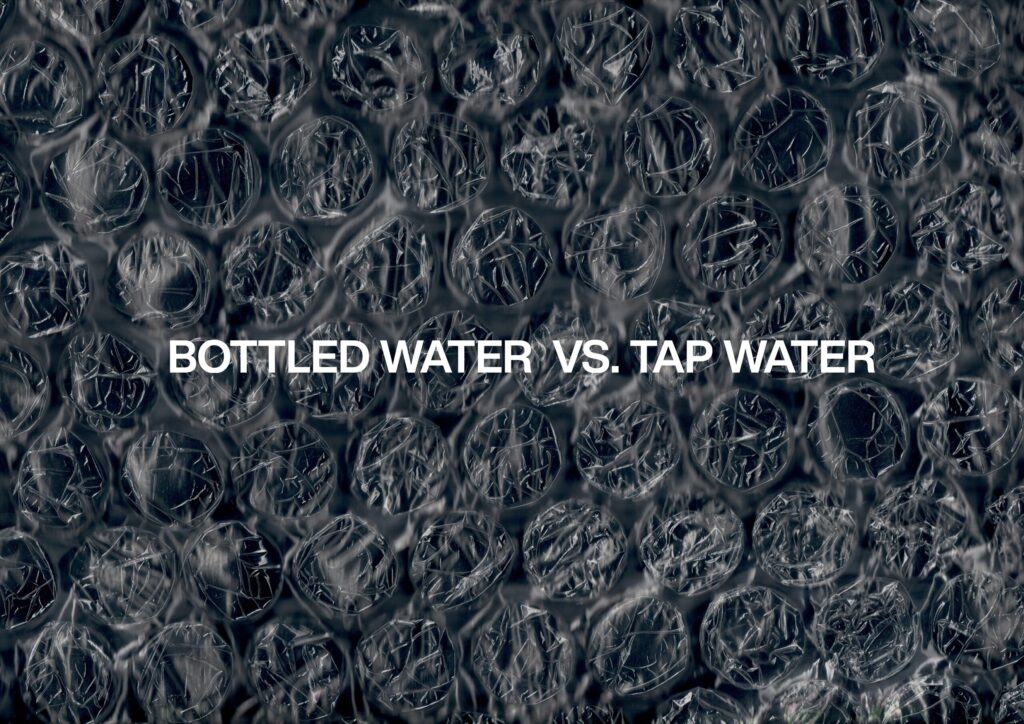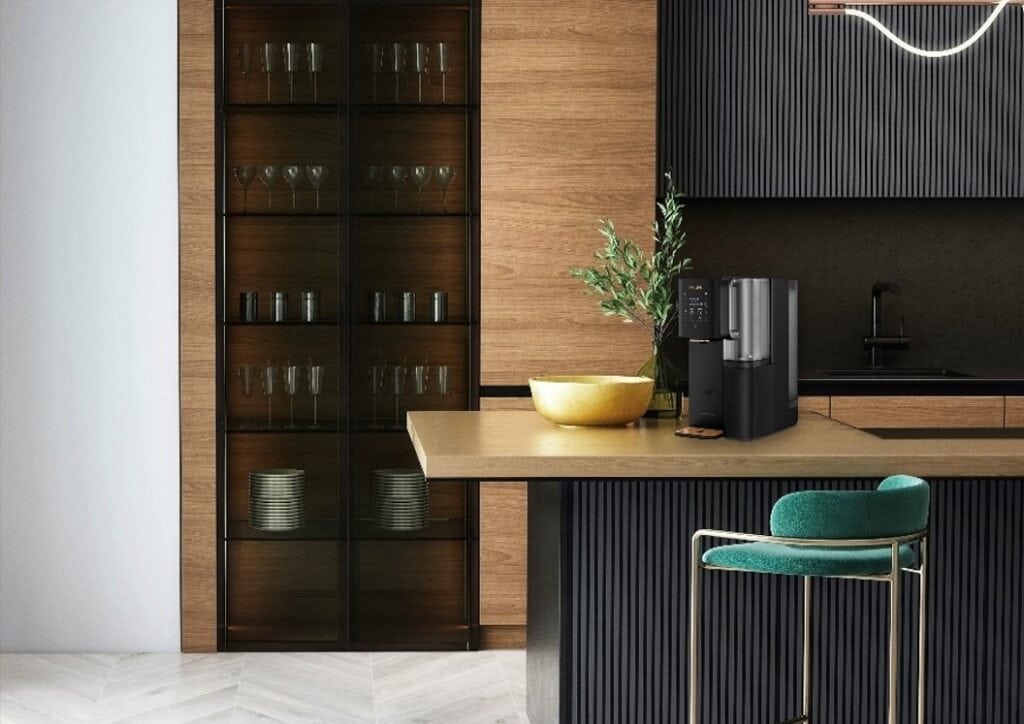Drinking water purification gives consumers full control

It is virtually impossible for private citizens to influence the quality of their local, municipally supplied drinking water. But by installing water purification systems in their own homes - either at the main line or directly at the tap - consumers can regain control of their drinking water.
Globally, mistrust of drinking water and public water supply is growing. Many consumers are reluctant to drink water directly from the tap because they do not trust it to be clean.
According to figures from the European Commission, only 55 percent of Europeans drink water directly from the tap. In addition, the use of bottled water has grown by more than ten percent a year over the last decade. As a consequence, there has been a significant increase in CO₂ emissions and plastic waste.
Private water purification restores confidence
The road to clean, safe drinking water begins at the local water supply. In most industrialized countries, utilities are making great efforts to ensure the quality of drinking water. However, many factors, such as climate change, pollution, and the use of pesticides, can affect the water supply. Here, the individual consumer rarely has any choice but to trust that authorities and utilities are able to ensure the integrity of the public drinking water.
But it doesn't have to be that way. There are a number of solutions available on the market that allow private households to get clean and safe water directly from the tap - and without the use of plastic. By installing a home water purification system, consumers can access clean drinking water directly in the home, thus regaining control of their drinking water.
A home water purification system can remove a wide range of impurities from the drinking water. A single, one-step filter cannot remove everything, so it may be necessary to combine different purification technologies.
When choosing between systems we recommend going for a solution based on a multi-stage treatment system including a reverse osmosis process, which helps to remove impurities in the form of bacteria, viruses, odors, chlorine, pharmaceuticals, pesticides, heavy metals, and other impurities. Especially in regard to water-borne viruses, reverse osmosis is the only method which can successfully remove them from the water.
Choose the right solution
What are the most commonly used methods for household water purification? When it comes to private water purification systems, there are typically two options: point of entry (PoE) and point of use (PoU).
Point-of-entry systems are installed on the main water line for the building and purify the water before it reaches outlet points such as washing machines, toilets, and bathrooms. Thus, a PoE purification system purifies all household water, removing most odors, residual chlorine and its taste, and most forms of pollutants, and delivers water suitable for general household use - washing, cleaning, cooking, etc. A PoE system must be capable of handling a large volume of water and is typically used to provide softened water to eliminate staining and the use of washing detergent. If the main concern is drinking water safety and quality, point-of-use purification is a better choice.
Point-of-use systems are used primarily to ensure a high quality of drinking water. As the name suggests, they are installed at a specific point of use in the office or at home, such as the kitchen or bathroom, and purify the water coming out of the tap. Some PoU systems are installed on the countertop or mounted on the tap itself, while others can be installed under the sink. Since the purification takes place right by the tap, any risk of re-contamination, such as from defective in-house plumbing, is eliminated. PoU systems are also cheaper and easier, both to install and maintain, than PoE systems - ensuring high-quality drinking water directly from the tap.
Deep dive into the ocean of water purification
We have created a guide, to provide you with insights on household water filtration and introduce you to our recommended solution for providing clean, sustainable, and great tasting tap water to consumers. Get the reseller’s guide to water filtration here.






